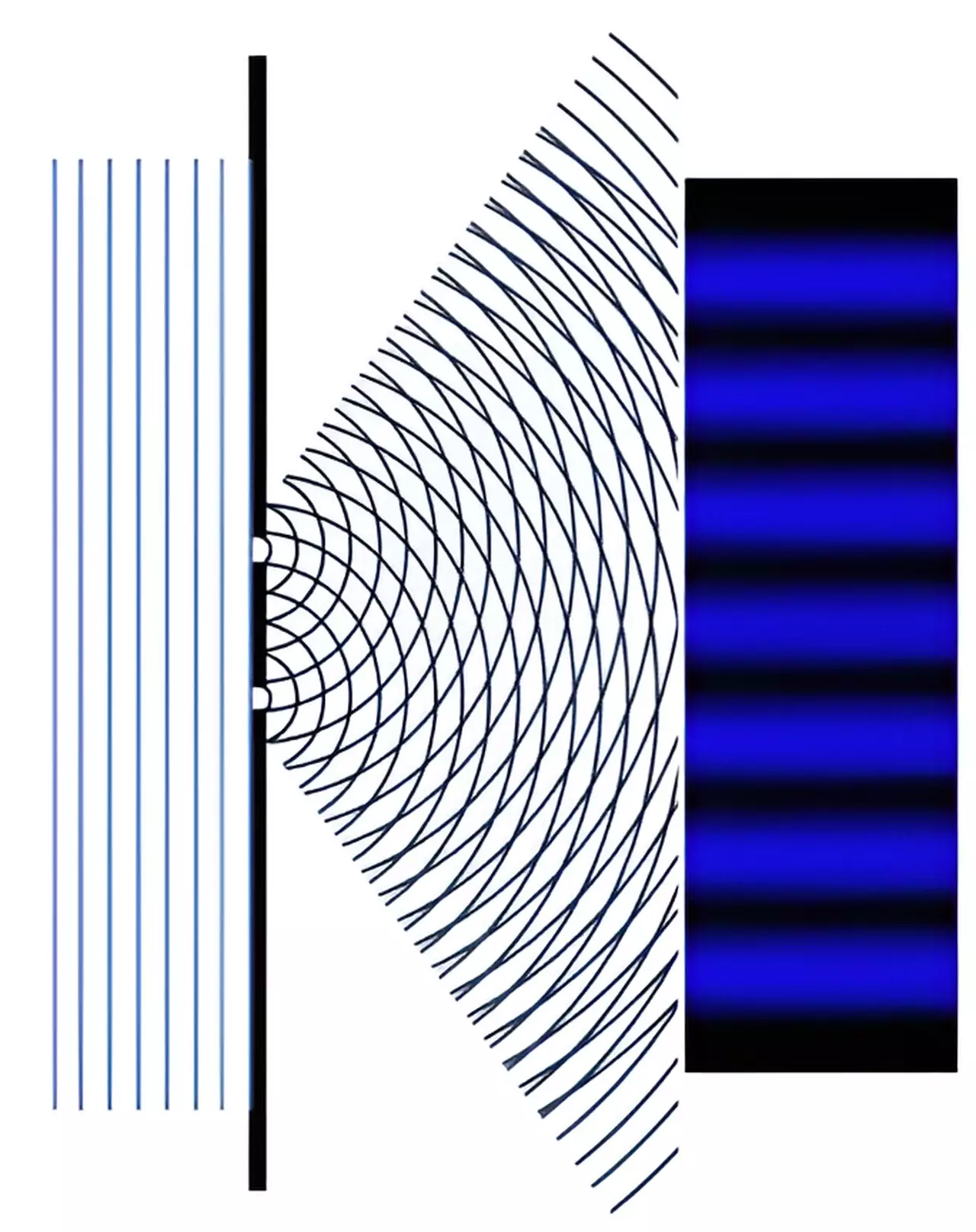In the landscape of modern physics and computer science, topological quantum computing holds immense potential, standing at the frontier of computational capability. While the concept currently remains largely theoretical, the implications of successfully realizing a topological quantum computer could transform industries, enhance cryptographic security, and drastically reduce error rates in computations. At the heart of this transformative potential lies the enigmatic topological qubit, a type of quantum bit anticipated to be far more stable than its conventional counterparts. However, the quest for this elusive qubit entails advancements in quantum physics that have yet to be fully realized.
Fundamental to our understanding of matter is the electron, an indivisible particle integral to the fabric of atomic structures. Yet, groundbreaking research has unveiled a fascinating aspect of quantum mechanics: it is conceivable to create states that simulate the functionality of “split-electrons.” These unique entities could function as topological qubits and symbolize a significant leap toward harnessing the true power of quantum computation. This unexpected capability emerges from the study of electron behavior within nano-scale electronic circuits, where the principles of quantum mechanics dictate the interactions of particles in ways that defy classical intuition.
Recent investigations led by Professor Andrew Mitchell from University College Dublin and Dr. Sudeshna Sen from the Indian Institute of Technology have illuminated the path toward these intriguing innovations. Their research illustrates how manipulating electrons within nano-electronic devices allows scientists to tap into the complex phenomena of quantum interference—an essential component in the manifestation of split-electrons resembling half-electron behaviors.
Unveiling Quantum Interference Phenomena
Quantum interference is a pivotal element that governs how particles like electrons interact within confined pathways. As electronic circuits downsize to nano-scale dimensions, the probability and behavior of individual electrons shift dramatically. Dr. Sen articulates this transition succinctly, noting that as components shrink, the classical perceptions of electrical conduction give way to quantum realities where singular electrons can be observed traversing circuit pathways one at a time.
The research team’s findings hinge on the principle that when electrons occupy a confined space and approach each other closely, the traditional path dynamics alter significantly. This repulsive interaction among closely situated electrons can result in a phenomenon where the collective behavior resembles that of a singularly split electron. This ultimately leads to what physicists refer to as a Majorana fermion—a theoretical particle with potential applications that could catalyze advances in topological quantum computing.
The pursuit of isolating and manipulating Majorana fermions is gaining momentum within the scientific community, particularly in the context of quantum computing. First theorized in 1937 and remaining largely unconfirmed in physical experiments, the search for Majorana particles has intensified, given their promise as fundamental building blocks for future quantum technologies. The work by Mitchell and Sen suggests a feasible pathway for the synthesis of these particles within electronic devices, exploiting quantum interference as a mechanism for their generation.
Drawing parallels with the classic double-slit experiment, Mitchell elucidates how electrons in an electronic circuit can also engage in wave-like behaviors that result in complex interference patterns. Each electron, echoing the duality of wave and particle, can manifest both independently and coherently with others in ways that govern the flow of current.
The implications of this research extend beyond mere academic inquiry; they can redefine the very framework of how we understand and utilize quantum phenomena in computational contexts. As we progressively push the boundaries of miniaturization in electronic design, the exploration of nanotechnology and quantum mechanics becomes increasingly intertwined. The intrinsic properties of matter at this scale compel researchers to rethink existing paradigms and practices.
If the practical here-and-now reliability can be established, we could be standing on the threshold of an unprecedented computational era. Topological quantum computers could potentially revolutionize fields such as artificial intelligence, cryptography, and complex modeling scenarios that currently challenge classical systems. The future of computation may well depend on our capacity to engineer and harness these split-electron constructs for practical applications.
While the advent of topological quantum computers is yet to materialize fully, the foundational research by Professor Mitchell and Dr. Sen is a significant stride toward realizing this goal. The integration of theoretical physics with practical engineering paves the way for new advancements in quantum technology that promise to alter the landscape of computing fundamentally. The journey though speculative has ignited hope and curiosity throughout the scientific community—ushering in a new dawn for the age of quantum computing. With further studies and technological innovation, the mysteries surrounding topological qubits may soon yield to tangible outcomes, heralding a future of unprecedented computational prowess.


Leave a Reply